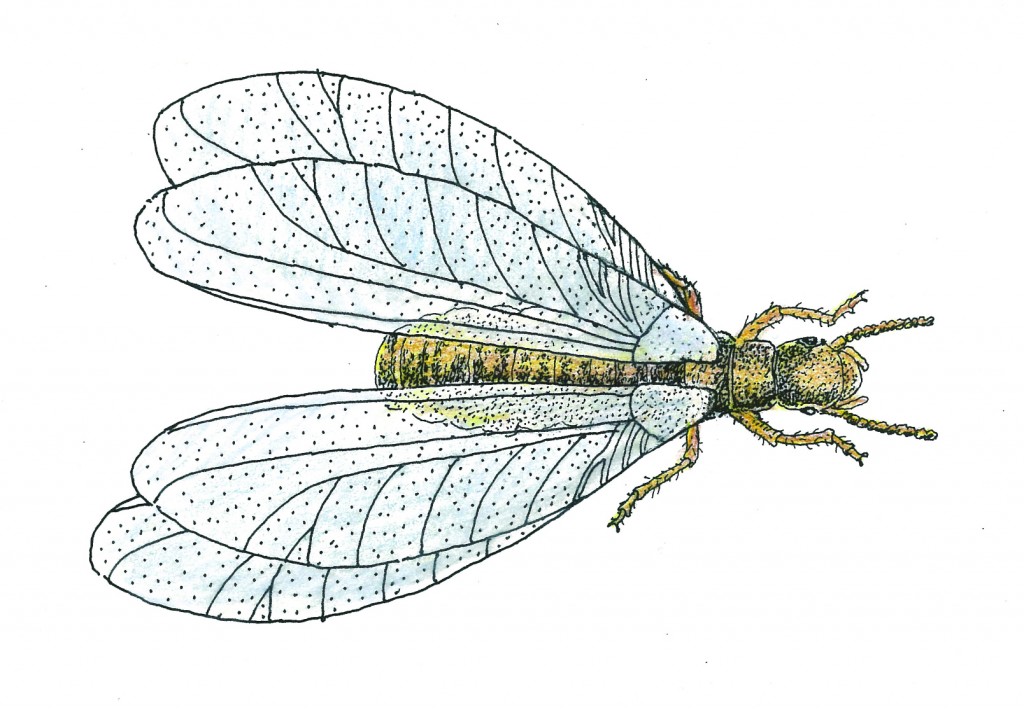READY TO GET STARTED?
REQUEST A FREE ESTIMATE
Fill out the form below or call (888) 466-7849 for a free, no-obligation estimate.
 Termites are very destructive and cause billions of dollars of damage to homes each year in the U.S. That is why we are dedicating March’s Pest of the Month to TERMITES!
Termites are very destructive and cause billions of dollars of damage to homes each year in the U.S. That is why we are dedicating March’s Pest of the Month to TERMITES!
If you think you may have termites, or other pests in your home, call the mouse at 888.466.7849 or visit us online at www.callnorthwest.com
You spend a lot of time on your lawn and plants in the warm months. You enjoy their beauty, their usefulness, and even their taste if you have vegetables in your garden. So you want to make sure that your plants stay healthy in the cold temperatures of winter. Rapidly changing temperatures, extreme temperatures, frost, and snow can damage your plants.
Here are some helpful tips to protect your plants from the cold:
For more information on lawn care, please visit our site at https://www.callnorthwest.com/lawn-care/
 According to a recent article by the Wall Street Journal, wildlife damage to crops, landscaping and infrastructure now exceeds $28 billion a year. The article addresses the benefits to the increase in wildlife but also the damage they can cause and the effect it has on our local economies.
According to a recent article by the Wall Street Journal, wildlife damage to crops, landscaping and infrastructure now exceeds $28 billion a year. The article addresses the benefits to the increase in wildlife but also the damage they can cause and the effect it has on our local economies.
This year, Princeton, N.J., has hired sharpshooters to cull 250 deer from the town’s herd of 550 over the winter. The cost: $58,700. Columbia, S.C., is spending $1 million to rid its drainage systems of beavers and their dams. The 2009 “miracle on the Hudson,” when US Airways flight 1549 had to make an emergency landing after its engines ingested Canada geese, saved 155 passengers and crew, but the $60 million A320 Airbus was a complete loss. In the U.S., the total cost of wildlife damage to crops, landscaping and infrastructure now exceeds $28 billion a year ($1.5 billion from deer-vehicle crashes alone), according to Michael Conover of Utah State University, who monitors conflicts between people and wildlife.
Click here to read the whole article.
For wildlife removal or exclusion needs in your home or business, call Northwest. A Wildlife Control representative will inspect your property for evidence of wildlife and will determine the points of entry being used by these critters to get into your structure. A customized plan will be developed to get the immediate nuisance under control and to seal off any known points of entry.
Source: http://online.wsj.com/article/SB10001424052970204846304578090753716856728.html#
A Columbus family recently had some unwelcome guests in the form of Formosan termites. Out of over 2,000 species of termites, Formosan termites or “Super Termites” are the most aggressive. They are native to Asia and often make their way into the US through shipped wood. Formosan termites gather in large colonies and can cause thousands of dollars of damage to a home. Once a home is infested with Formosan termites, they can be difficult to control. That is why termite prevention is key!
In this particular case, a family member noticed “flying insects” and called Northwest Exterminating to identify the pests as Formosan termites. Northwest President, Steve Phillips, personally went out with the team to inspect the home. The termites were found swarming in several areas of the home. We installed a termite baiting system, The Sentricon System with Always Active, an effective and environmentally friendly option to eliminate and prevent termites. Always Active offers continuous property protection from the termite colony – not just the individual termite.
We strongly suggested that this customer’s neighbors have their homes inspected for termites as well. If a neighbor has termites, or some other pest or rodent infestation, they can easily make their way over to your home. That is why termite protection is so important…prevention is key! Preventing termites from ever getting into your home will ensure that you don’t get a termite infestation. Call us or visit us online for a FREE termite inspection
Watch Steve Phillips and some of the Northwest Exterminating team on Columbus’ WRBL News 3.
5:27 mark
 There’s nothing like jumping in the pool on a hot summer day (well, a day that feels like summer anyways)! So that is exactly what my family and I did on Saturday. We went to my in-laws’ house and jumped right in the pool. We had just begun to cool off and enjoy the water when we noticed we weren’t alone. There was a mole in the pool!!!
There’s nothing like jumping in the pool on a hot summer day (well, a day that feels like summer anyways)! So that is exactly what my family and I did on Saturday. We went to my in-laws’ house and jumped right in the pool. We had just begun to cool off and enjoy the water when we noticed we weren’t alone. There was a mole in the pool!!!
The mole was quickly removed without incident and the fun continued but of course my mother-in-law had lots of questions about what it was doing in her yard, how did it get there, what is was looking for, and how does she get rid of them. So mother in law…this is for you!
Moles are mammals that live underground and occasionally come to the surface. Above ground, they breathe in oxygen and are able to re-use it to survive in low-oxygen environments such as underground burrows. When they surface, they cause damage. Mole damage is divided into two types: burrows and mounds. Burrows occur when moles search for food near the surface, causing soil to be raised in ridges. Mounds are created when moles burrow deep or tunnel under solid objects such as tree roots or sidewalks and push the soil to the surface.
Moles’ bodies and front claws are ideal for digging. Their hands are quite large for their bodies and include an extra thumb and multiple joints in other fingers. There are situations where mole damage is mostly visual, but in other situations they can destroy root systems in your yard, eventually killing the grass.
Damage caused by moles:
The best way to get rid of a mole is by trapping or baiting the runs. The trick to mole extermination is to find the feeding tunnels vs. the travel tunnels. A professional animal removal service provider can distinguish between the two and can humanely remove the moles from your yard. Call Northwest Exterminating for mole removal.
What is the craziest thing you ever jumped in next to?